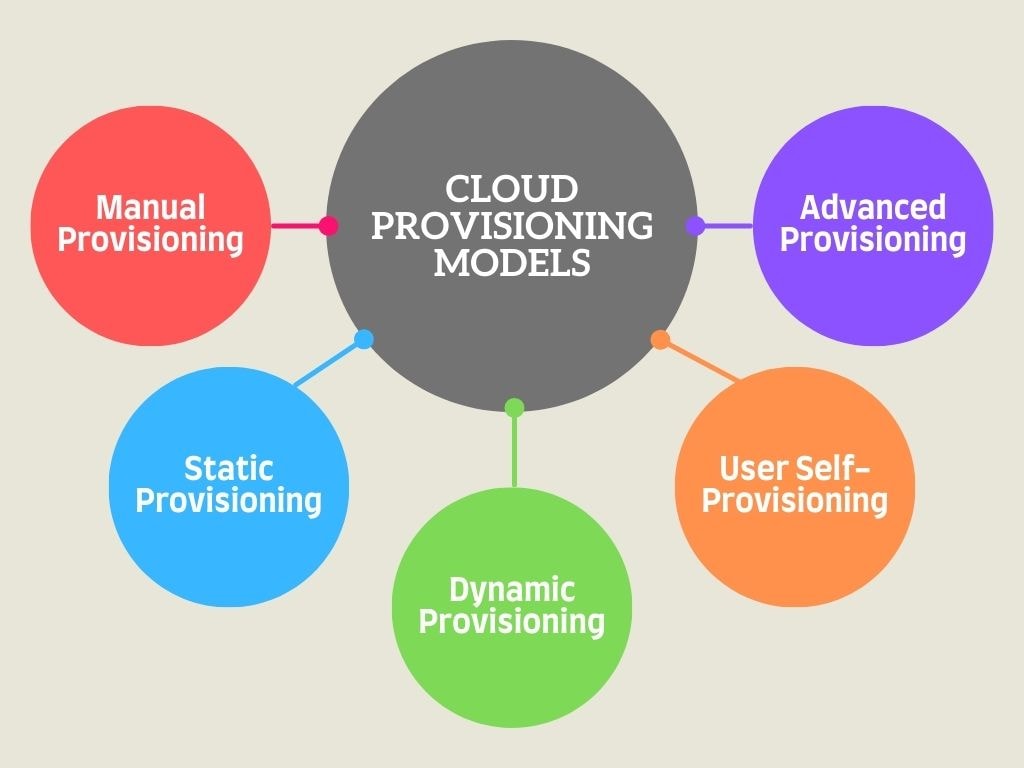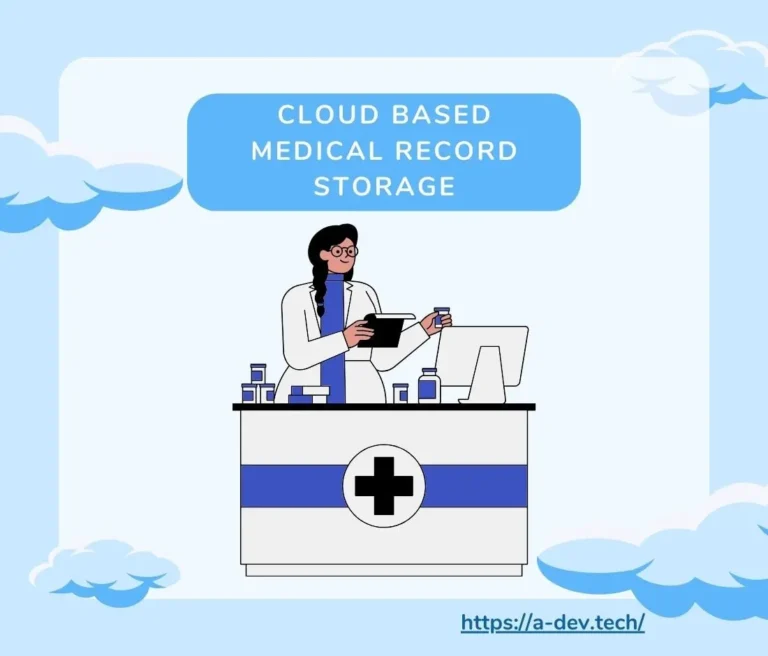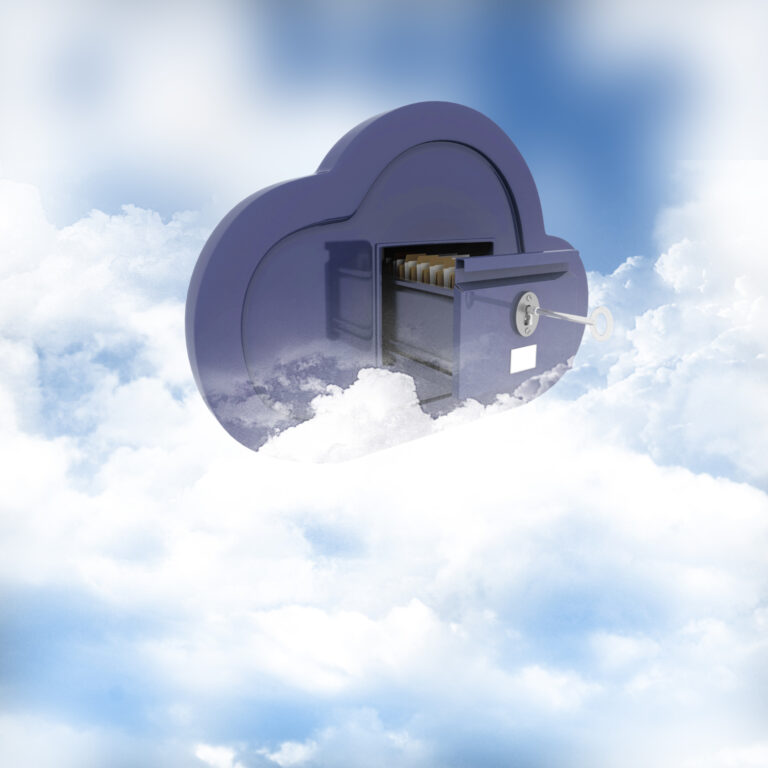
Source: Freepik
Cloud provisioning is not only a technical procedure, but also a business process. If you provision too slowly, you are postponing deployment. However move too fast without the guardrails and you expose yourself to gaps in security, wastage of resources, or unplanned outage. For companies facing challenges of scaling across cloud service providers or hybrid environments getting this right means a delicate act of balancing speed, control and cost-efficiency with meeting ever-changing infrastructure needs.
The Problem: Manual Provisioning Can’t Keep Up
Let’s say your company is preparing for a big product launch. You expect a surge in users and need more computing power, storage and database capacity. You spin up a few virtual machines manually and figure, “This should be enough.” But then things scale faster than expected.
Your team scrambles. Someone copies an old config file from a previous deployment. Another engineer forgets to patch a newly provisioned instance. No one’s really sure which environment has what. Soon you’re dealing with performance issues, inconsistent environments and potentially exposed sensitive data.
Manual provisioning isn’t just time consuming. It’s risky. It introduces human errors, lacks visibility and makes compliance a nightmare.
The Solution: Automated, Scalable Cloud Provisioning
Cloud provisioning refers to the process of allocating and managing cloud resources—like storage, processing power, networking and databases—so applications can run smoothly. Done right it’s fast, secure and scalable. Done wrong and you’re paying for idle resources or scrambling to recover from outages.
At A-Dev we’ve helped companies move from outdated manual provisioning models to dynamic automated cloud environments that scale as needed. We specialise in:
- Automated provisioning tools like Terraform and AWS CloudFormation
- Self-service provisioning portals for dev teams
- Dynamic provisioning models that adapt to real-time workloads
- Integration with CI/CD pipelines, monitoring tools and security patching systems
Our goal? Provision resources intelligently and securely, while reducing operational overhead.
Case Study: Scaling Fast Without Surprise Costs
A fintech startup approached us last year with a clear problem: they needed to provision over 50 virtual machines across AWS and Google Cloud in under a day to support a marketing campaign.Their team was using a mix of old bash scripts and manual AWS Console inputs. Every time they tried to spin up resources they hit delays—missing dependencies, wrong regions, mismatched storage volumes. They had no central view of their cloud usage and were getting ballooning bills they couldn’t explain.
What We Did:
- Replaced all manual steps with automated workflows using Terraform and CloudFormation templates
- Created a cloud self-service portal so developers could spin up pre-approved environments safely
- Implemented monitoring and usage tracking tools for visibility and cost control
- Integrated security patches and compliance checks into their provisioning process
The Result:
Provisioning time dropped from 6 hours to under 20 minutes
Idle resource costs reduced by 38%
Environments became consistent, secure and auditable
What is Cloud Provisioning?

Whether you’re using a public cloud provider like AWS, Azure or GCP or maintaining an on-premises infrastructure with hybrid cloud components—the cloud provisioning process is the backbone of scalable and reliable operations. At its core cloud provisioning involves creating and managing computing resources based on the specific requirements of your organisation, application or workload.
Here’s a high-level overview of the process:
- Requesting resources: This step is performed via APIs, IaC tools, scripts or self-service portals. Whether you’re working with a single cloud computing service or multiple provisioning tools, automation helps you eliminate manual steps and misconfigurations.
- Assigning configurations: You define CPU, memory, storage and network rules—tailored to the needs of each environment. These configurations must meet industry standards and security policies while staying flexible enough to address evolving needs.
- Deploying service dependencies: This includes setting up necessary databases, containers or third-party tools that support your application. Managing service dependencies correctly is key to minimising downtime and ensuring a smooth deployment process.
- Setting policies: Proper identity management, firewall rules and role-based access control are crucial. Administrators need to define and enforce these to maintain the integrity and security of the cloud environment.
- Continuous monitoring and updates: From patching and scaling to continuous deployment and continuous integration, keeping your infrastructure up to date and monitored is key. Cloud automation helps with that, freeing up time for more strategic work.
Using modern cloud provisioning tools—especially Infrastructure as Code (IaC)—turns this into a repeatable, scalable workflow. IaC ensures consistency, reduces human error and simplifies management of complex infrastructures. This is especially helpful when dealing with multiple cloud providers or on premises infrastructure that needs to integrate with cloud workloads.
By using these techniques organisations can improve time-to-deployment, handle challenges better and deliver faster, more reliable services to their customers.
Why Companies Struggle with Provisioning
Cloud provisioning isn’t just about spinning up servers. It touches every part of your IT infrastructure and affects:
- Security: Unpatched instances and open ports are an attack vector
- Cost management: Cloud provisioning too much and you waste money; too little and you lose performance
- Compliance: Auditors want visibility into cloud provisioning and change control processes
- Developer experience: Friction in cloud provisioning slows down feature delivery
Many companies use a patchwork of cloud provisioning tools and third-party services that don’t integrate well. This leads to inconsistent environments, surprise costs and high operational complexity.
Cloud Infrastructure: The Foundation of Every Deployment
Your cloud provisioning strategy is only as good as the underlying cloud infrastructure. That includes your virtual machines, storage systems, networking layers and database services. A well-architected cloud infrastructure supports:
- High availability through load balancing and redundancy
- Security via firewalls, encryption and access control policies
- Performance through autoscaling and optimised resource allocation
- Cost efficiency by matching usage to demand with the right provisioning model
At A-Dev we help clients not just cloud provision resources—but design infrastructure that aligns with long-term business goals. Whether you’re working with AWS, Azure, GCP or a hybrid model we ensure your infrastructure is scalable, secure and cost-effective.
Cloud Provisioning Models: What’s Right for You?

There’s no one-size-fits-all model. But here are a few common cloud provisioning types:
- Manual Provisioning: Time consuming and error prone; best avoided at scale
- Static Provisioning: Resources are provisioned once and reused; good for stable workloads
- Dynamic Provisioning: Resources scale up/down automatically based on demand; ideal for SaaS and high-traffic apps
- User Self-Provisioning: Dev teams use predefined templates or a self-service portal; balances speed with control
- Advanced Provisioning: Combines IaC, CI/CD, monitoring, and policy enforcement for enterprise-level needs
We help clients choose the right cloud provisioning model based on their requirements, compliance and budget.
Tools We Use (and Help Implement)
To ensure cloud provisioning is secure, fast and maintainable we use:
- Terraform & Pulumi for IaC—to provision and manage resources with consistency.
- Native orchestration systems like AWS CloudFormation, Azure Resource Manager, Google Deployment Manager—to align with each cloud provider.
- CI/CD frameworks like GitLab, GitHub Actions, Jenkins—to support CD and CI across dynamic environments.
- Monitoring tools like Prometheus, Datadog, CloudWatch—to get real-time visibility, reduce risk and maintain reliability.
- Security platforms for encryption, patch management, access control—to protect data and meet compliance.
- Self-service portals—customised interfaces for teams to manage resources, track usage and stay within budget.
These components help organisations have scalable, adaptable cloud environments that meet both technical and business needs—without extra funding.
Best Practices to Avoid Common Provisioning Gotchas
- Automate everything: Use IaC for repeatability and speed
- Version your configurations: Just like code, infrastructure templates need change control
- Integrate monitoring and alerts: Catch issues early before they become problems
- Limit access: Role-based access and identity policies protect sensitive data
- Stay compliant: Regular audits, security patches and reporting help maintain standards. By following these principles you can provision faster, more securely and at a lower cost.
The Future of Cloud Provisioning
Cloud provisioning is moving fast. Expect to see more AI automation, real-time scaling based on usage and policy-as-code integrations.
Companies that stay manual or semi-automated will be left behind. It’s not just about being fast—it’s about being consistent, secure and smart with your cloud spend.
Lorem ipsum dolor sit amet, consectetur adipiscing elit. Ut elit tellus, luctus nec ullamcorper mattis, pulvinar dapibus leo.
Whether you’re a startup scaling up or an enterprise modernising legacy systems, now is the time to review your cloud provisioning strategy.
Let A-Dev Help You Get It Right
At A-Dev we’ve worked with fast-growing companies across industries to implement secure, scalable and cost-effective cloud provisioning systems.
We know how to:
- Choose and integrate the right tools for your environment
- Set up cloud provisioning workflows that match your development and compliance requirements
- Protect your cloud resources while optimising performance and cost
Lorem ipsum dolor sit amet, consectetur adipiscing elit. Ut elit tellus, luctus nec ullamcorper mattis, pulvinar dapibus leo.
If you’re ready to move beyond manual scripts and surprise cloud bills let’s talk.
Get in touch to see how we can streamline your cloud provisioning process—so you can focus on building great products, not infrastructure.
Interested in a free consultation or cloud provisioning audit? Let us know. We’re here to help.





